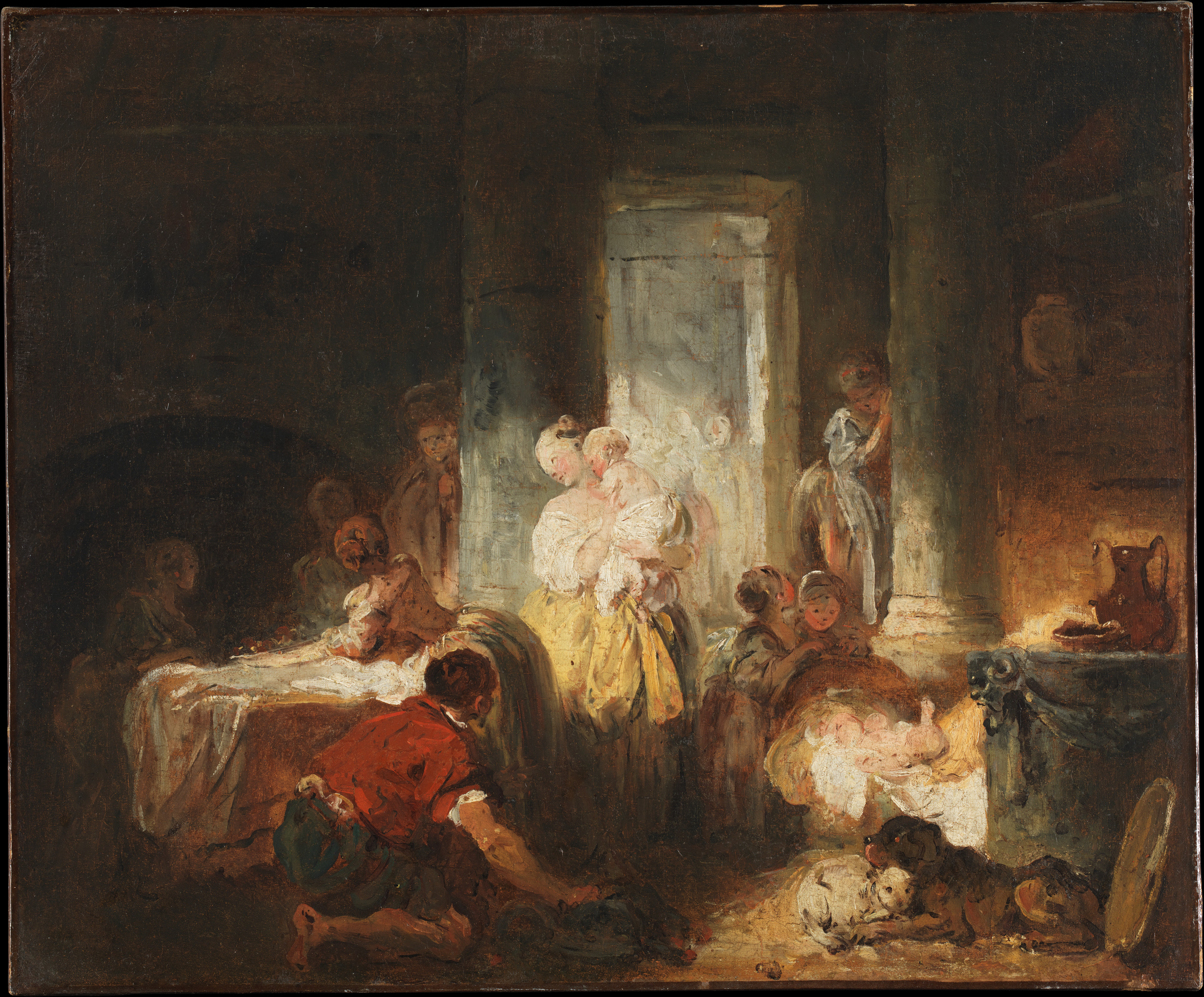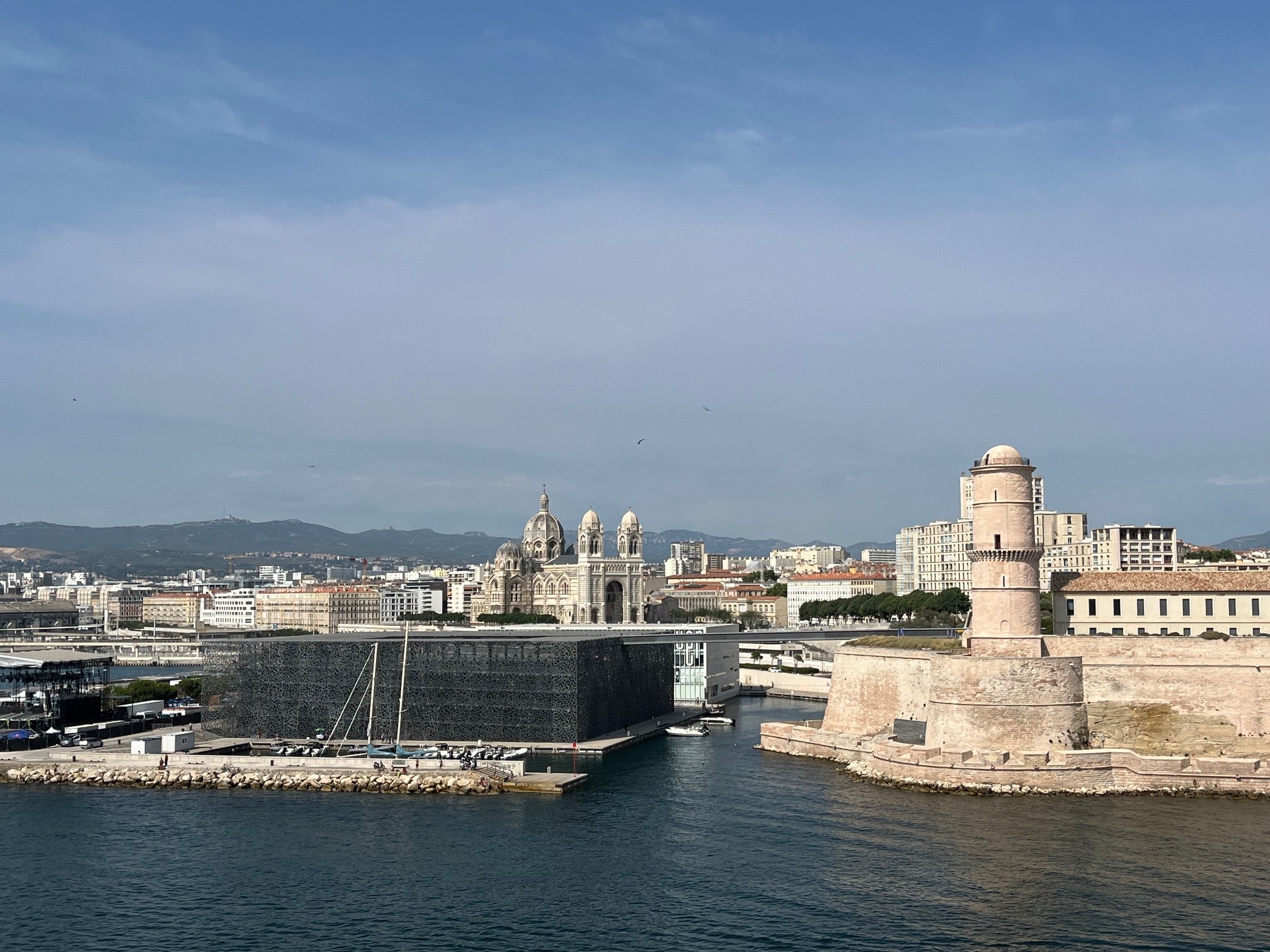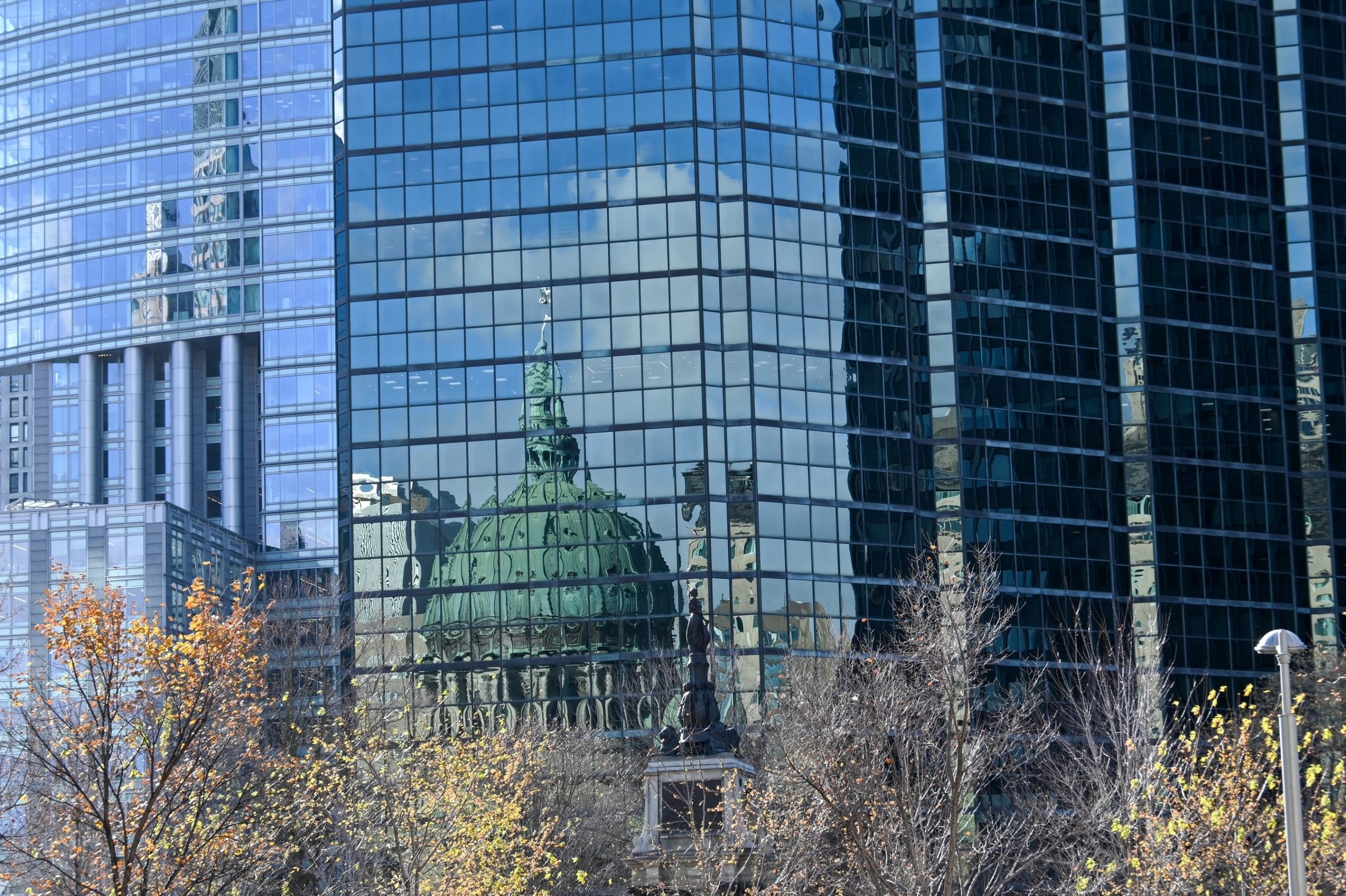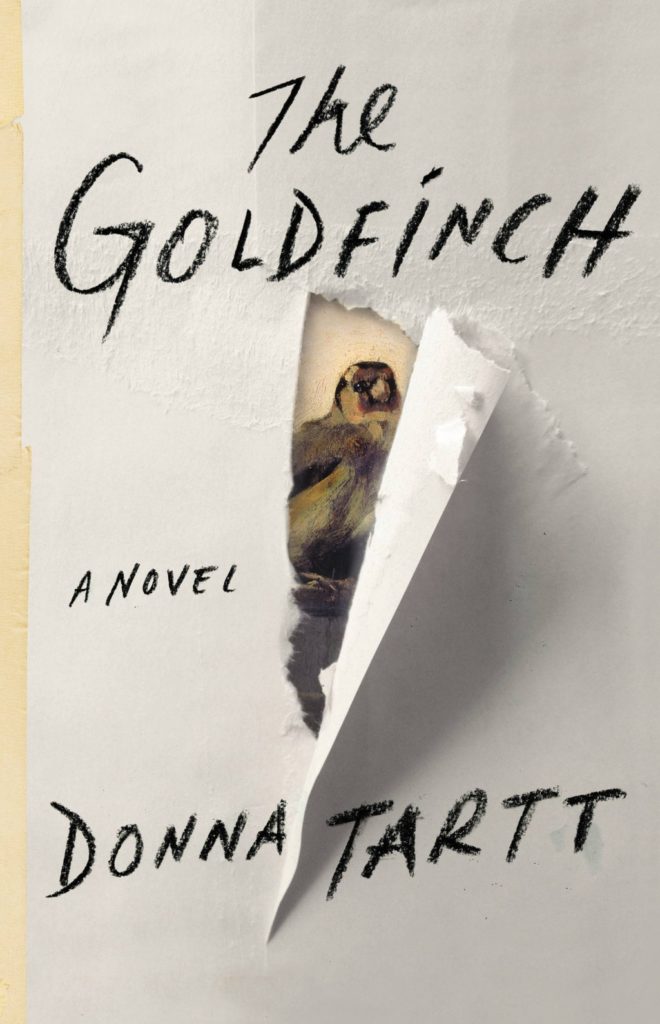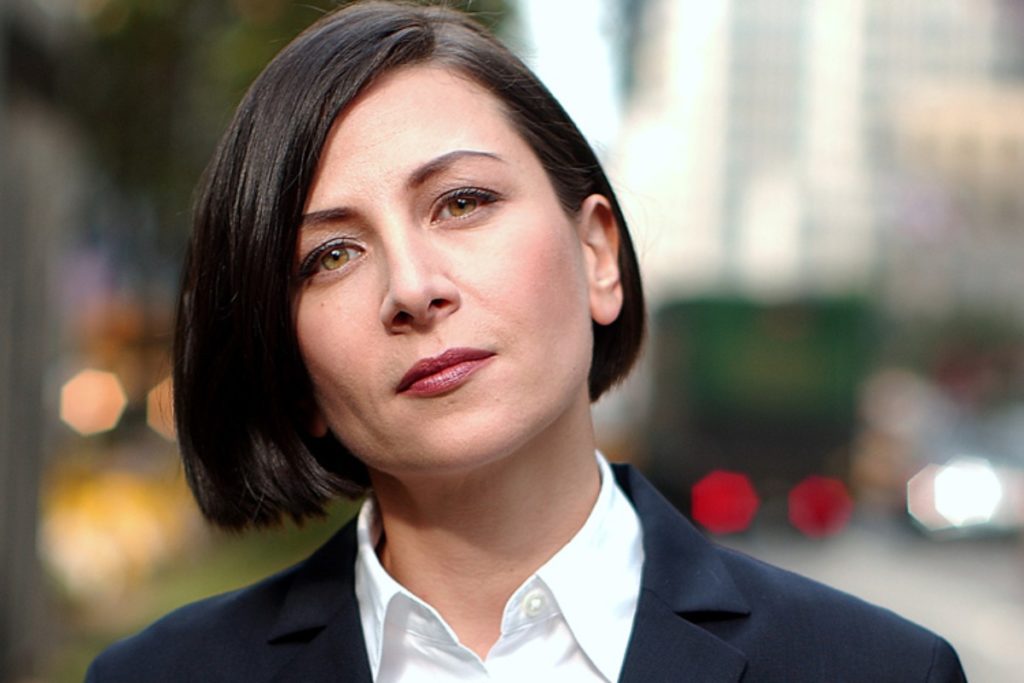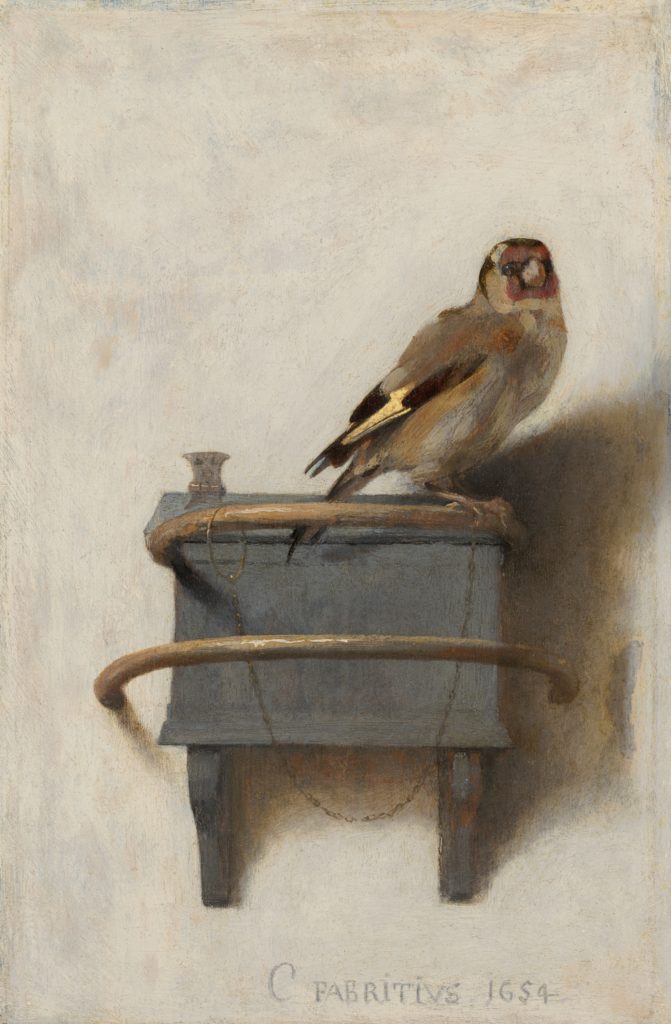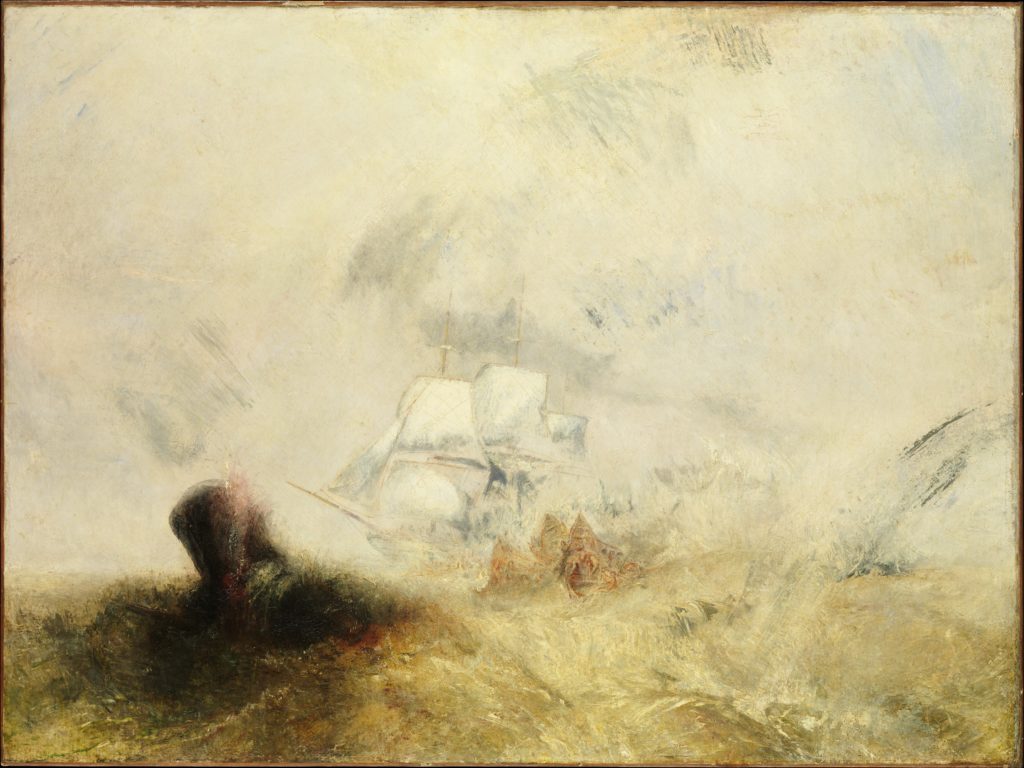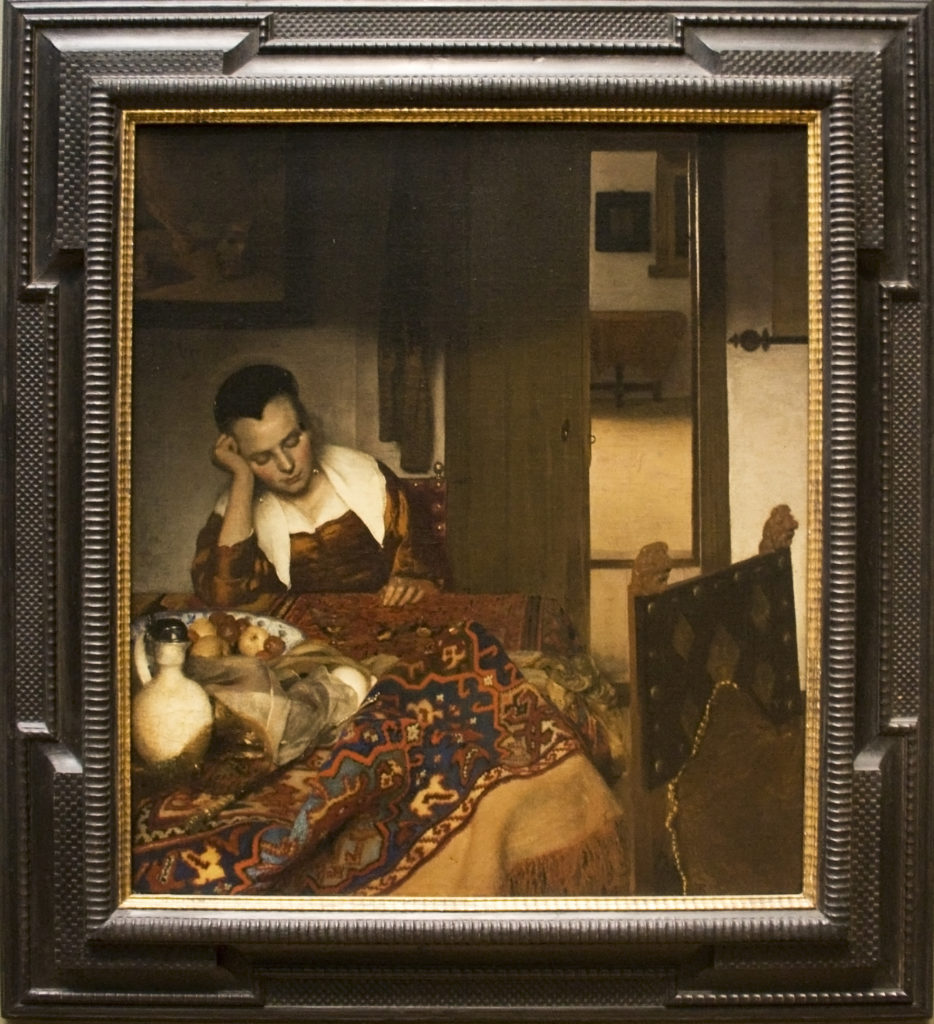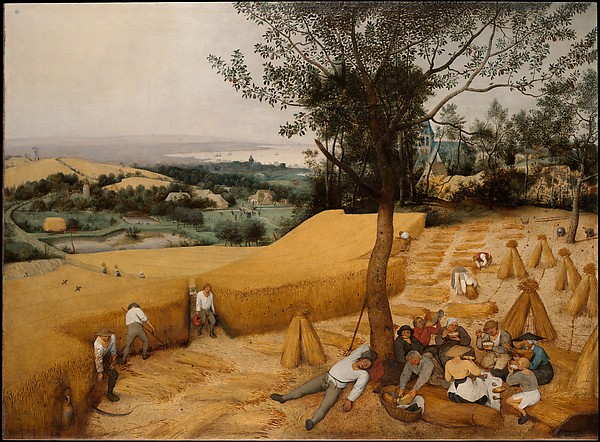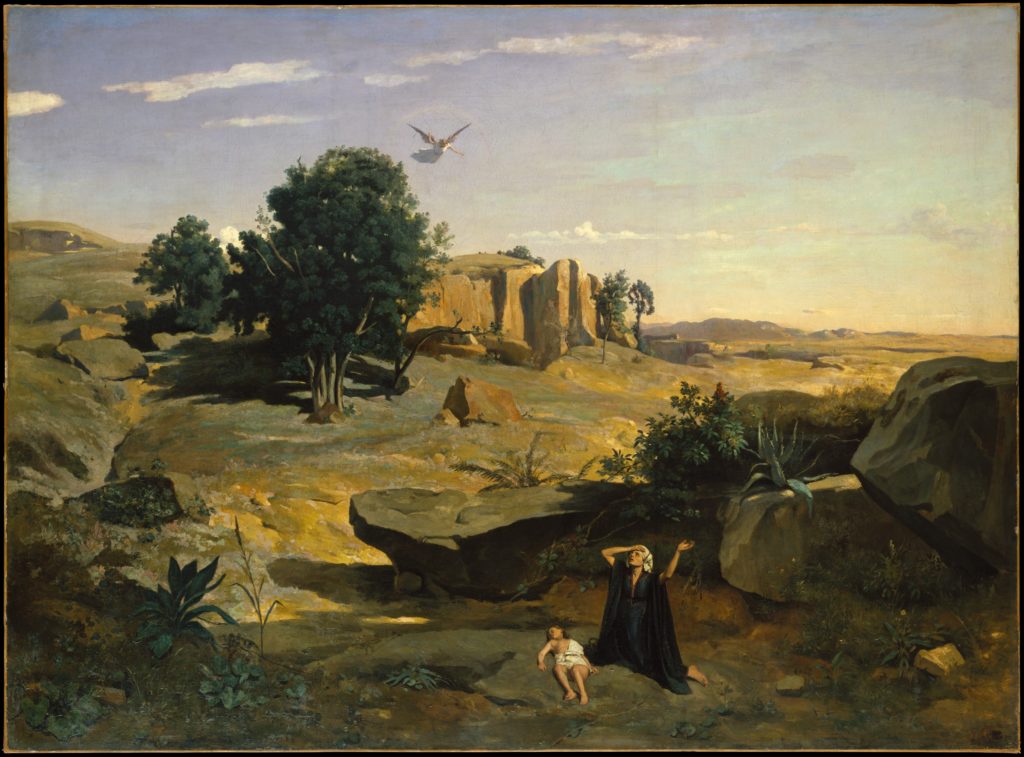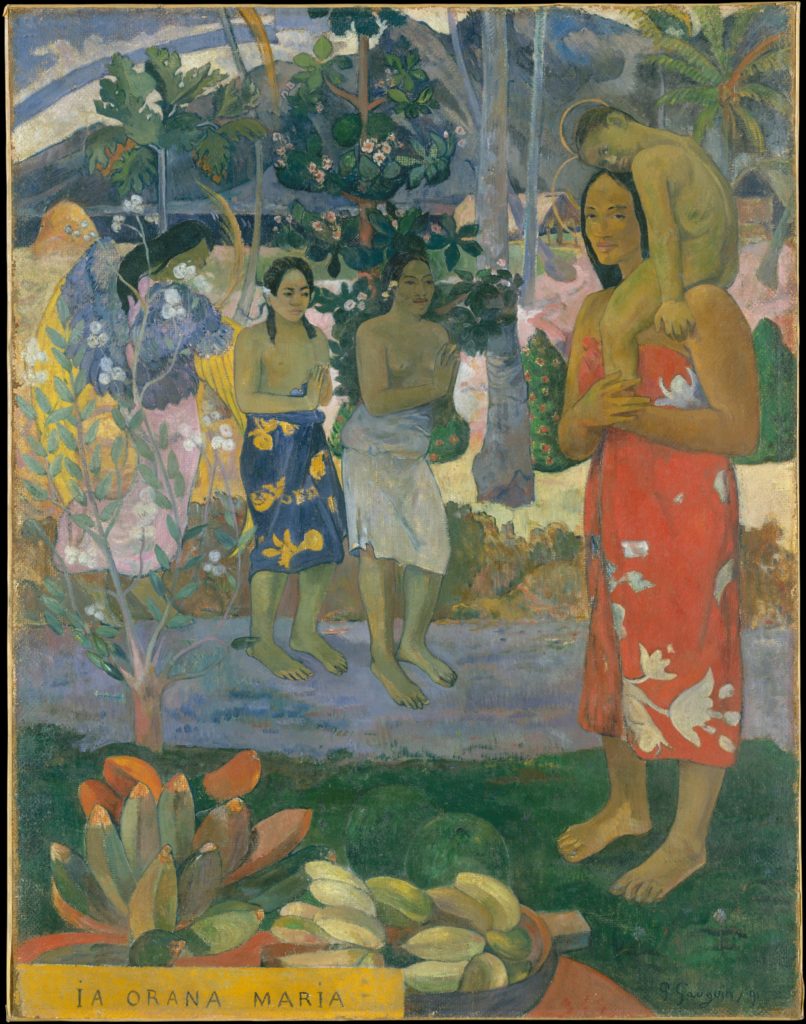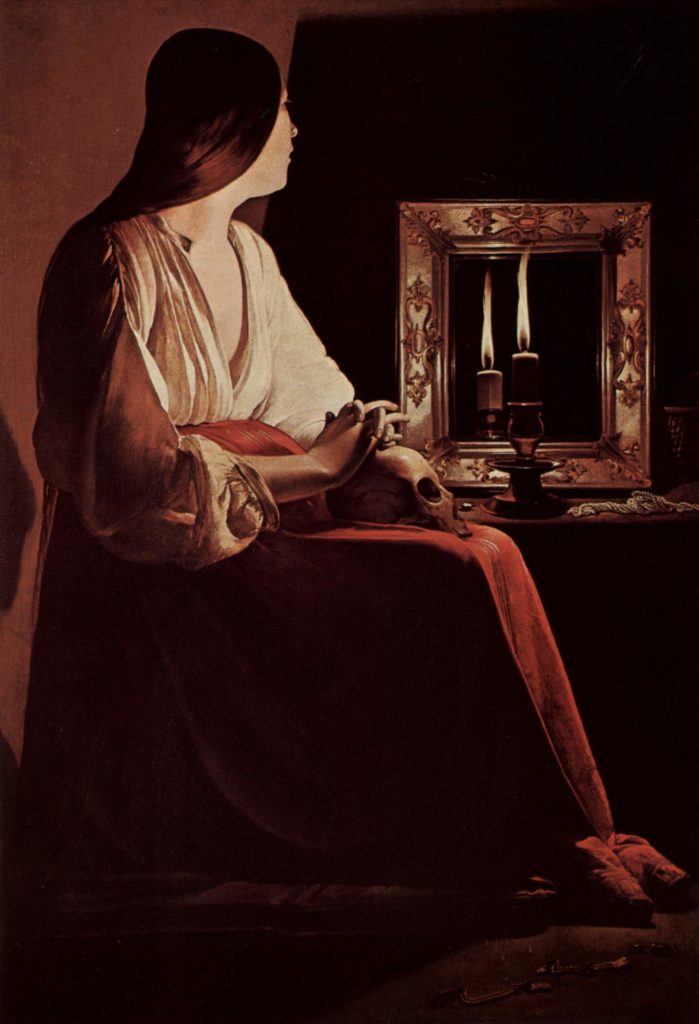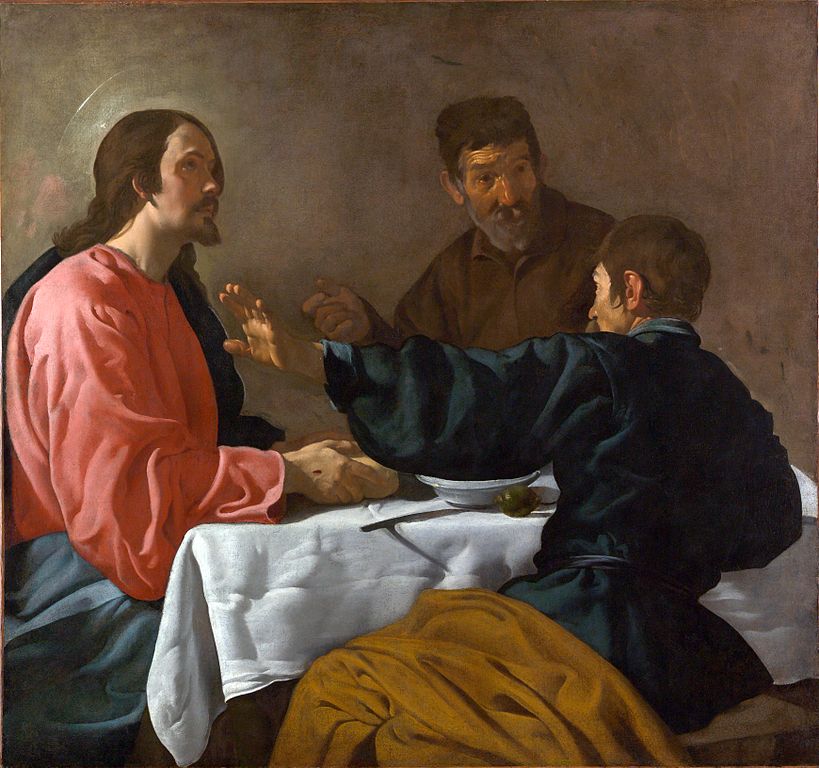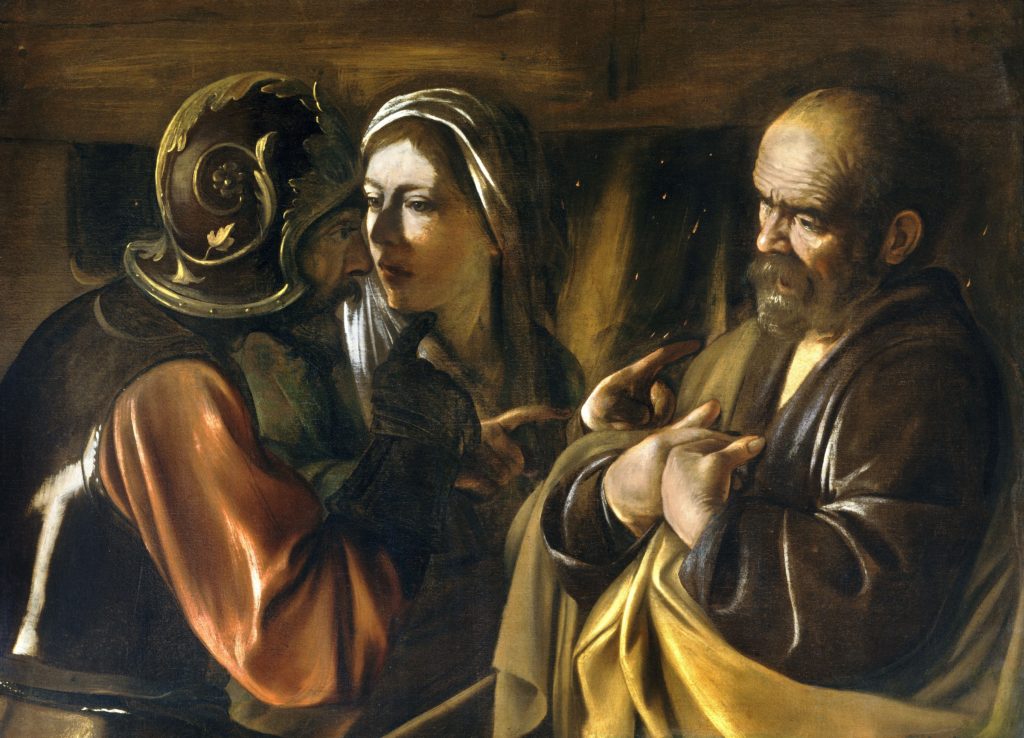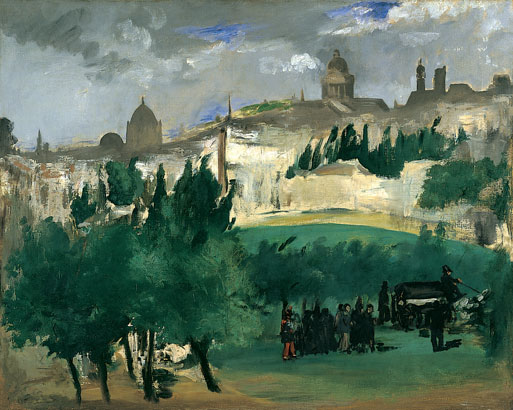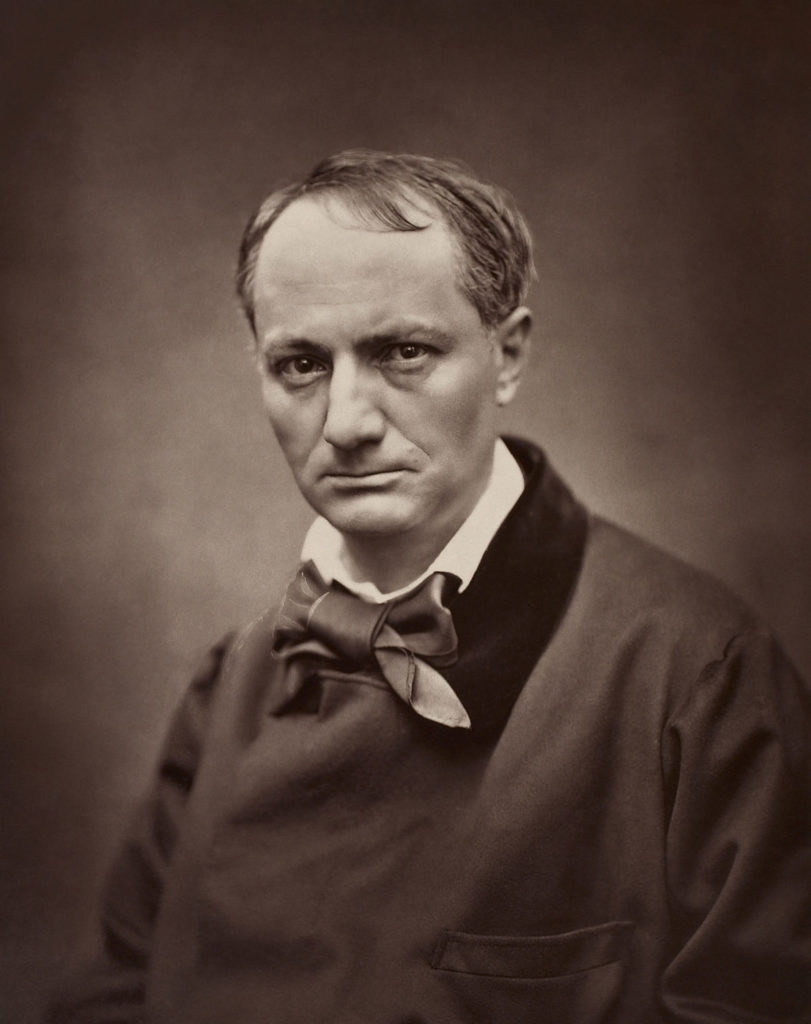The plane had already started its descent towards Washington when the South African Airways pilot announced that because of the snow our flight would be diverted to JFK airport in New York City. I had left Lesotho and South Africa under the sun and one of the biggest snowstorm in decades in the DC area prevented me to be back home with my family. For a change, New York, despite being up North, was not affected. Stranded for 24 hours in the city in the January cold, I decided, after having dropped my suitcase at the hotel, to take a cab and spend the afternoon at the MET, the Metropolitan Museum of Art whose imposing presence stands on the edge of Central Park.
The MET plays a central role in « The Goldfinch», Dona Tartt’s superb and captivating novel which I have already mentioned in a previous post. The Goldfinch is a painting by Carel Fabritius, a18th century Dutch master, one of Rembrandt’s pupils. It is one of the few works by him which have been preserved because he disappeared, together with many of his paintings, in the explosion of the Delft powder magazine. It is a wonderful miniature representing the eponymous bird which can be admired at the Mauritshuis in The Hague. But in Dona Tartt’s novel, the painting is loaned to the MET for a temporary exhibition visited by Theo Decker, a 13 years old teenager and his mother. Theo is attracted by a red hair girl and has lost track of his mum when there is a deflagration in the museum. He is in shock, but not hurt. As he is trying to get out of the rubble, he is called by a dying old man who is giving him a ring and a message and points to Fabritius’ small painting. Theo thinks that the man is asking him to save it. He takes the painting, manages to get out of the museum using the emergency exit and goes back home to wait for his mother. She will not come back, killed in the terrorist attack that destroyed a part of the MET.
His father being absent since many years Theo is de facto an orphan at the age of 13. As he doesn’t want to be taken care of by the city’s social services, he ends up in the family of a schoolmate. He also gets friendly with an old antique dealer who was the partner of the man who gave him the ring just after the explosion. Two years later, his dad, a professional gambler, reappears and takes him to Las Vegas. Theo carries with him “The Goldfinch” which he had always carefully kept hidden. This coming of age novel follows Theo and his painting, in Vegas, then back in Manhattan and finally to Amsterdam. Theo finds out that the painting is sought by the police. He is not sure what to do with it. Criminals try to blackmail him. He himself becomes a forger. But gets to meet again with Pippa, the red hair girl who also survived the explosion in the MET.
I don’t know if it’s true, but I like to imagine that Donna Tartt got the idea for her novel while admiring Fabritius’ painting, in The Hague or in New-York. During my unexpected visit to the MET, I had decided not to take the brochure proposing an itinerary highlighting the museum’s masterpieces but rather to let my steps follow the paintings which caught my eye, without consideration for the painters’ reputations. On a piece of paper, I noted ten painting in front of which I spent more time. Several years have gone by since this afternoon. Recently, I looked online to find pictures of those paintings – they illustrate this post -and delved into the history and background of some of them. I found some links with literature which I thought amusing or interesting.
« Whalers » by Turner immediately suggests a link to Herman Melville’s « Moby Dick ». However, if there was any influence, it could not have been from the novel to the painting, since Turner signed it around 1845 while it is only in 1851 that Melville published his book describing the obsessional pursuit of Moby Dick the white whale by Captain Ahab. The two following paintings offer two interiors who couldn’t be more different: on the one hand, a peaceful Dutch dining room in which Vermeer represents « A Maid Asleep » whose dreams we would like to guess and, on the hand, a “Roman Interior” by Fragonard who takes us to the basement of a Roman house where laundry women and other maids busy themselves and gossip surrounded by children, babies and animals.
« The Harvest » or « The Harvesters » by Pieter Bruegel the Elder painted in 1565 is often presented as the first modern landscape: the workers carrying sheaves of wheat through the clearing give the impression of distance. As often with Bruegel, the pleasure is also in the details: the jar, the basket, the bread and the cheese.
Of course, a literary reference which is omnipresent in art is the Bible. Let’s start with « Hagar in the Wilderness » by Camille Corot. An opportunity to remember the story of this servant of Abraham who bore his child, Ishmael, when his wife Sarah could not conceive. After Sarah miraculously becomes pregnant with Isaac despite her old age, Hagar and her son are cast away in the desert with only some bread and water. God will come to their help in showing them a well, but I have to admit that I did not know well this less glorious side of Abraham, Sarah, and Isaac’s official story.
One of Paul Gauguin’s first Tahitian painting « Ia Orana Maria » or « Hail Mary » in Polynesian transposes the image of the Virgin and Child in universe of the Pacific Islands with a luxuriant vegetation, colorful loin cloths and serene female faces.
« The Penitent Magdalene » by Georges de La Tour and « The Supper at Emmaus » by Diego Velasquez highlight my taste for chiaroscuro and the characters or scenes in the Gospel where Jesus takes his disciples and followers by surprise. A third painting where the chiaroscuro is also central is « The Denial of Saint Peter » by Caravaggio. This is another biblical scene which always attracted me, in which Peter, who will become the first pope, the precursor of those who will later proclaim their pontifical infallibility, shows a reassuring and very human vulnerability.
« And immediately, while he was still speaking, the rooster crowed. And the Lord turned and looked at Peter. And Peter remembered the saying of the Lord, how he had said to him, “Before the rooster crows today, you will deny me three times.” And he went out and wept bitterly. » (Luke 22, 60 :62)
Charles Baudelaire, in « The Flowers of Evil (Les Fleurs du Mal) », looks at «The Denial of Saint Peter » quite differently. In his poem, after having described Christ praying in the Olive Garden, suffering and humiliated at the Calvary and hopelessly remembering his glory days during Palm Sunday and expelling the merchants from the Temple, Baudelaire chooses to surprise and shock his readers by concluding:
— For my part, I shall indeed be content to leave
A world where action is not the sister of dreams;
Would that I could take up the sword and perish by the sword!
Saint Peter denied Jesus — he did well!
The last painting from my afternoon at the MET was « The Funeral » by Edouard Manet. Surprisingly, it brings us back to Baudelaire, since it is admitted that this unfinished work which Manet kept in his workshop until his death represents the poet’s funeral which the artist attended in the rural suburbs of Paris in 1867. They were friends and Baudelaire dedicated one of his « Petits Poèmes en Prose (Paris Spleen) » entitled « The Rope » to Edouard Manet. A painter hires a poor boy to take care of his brushes and colors and from time to time to model for him. One night as he comes back to his workshop, he finds the boy hanging. After having contacted the doctor and the police, the artist goes with a heavy heart to break the news to the parents. Once in the workshop, the mother begs him to give her the rope. He accepts thinking that she wants a last souvenir of her child. He opens his eyes when, the next morning, he receives a large amount of letters seeking to get a piece of the rope. Once again, Baudelaire wrong-foots his readers to shock them and take away any illusion they might have about human nature.
